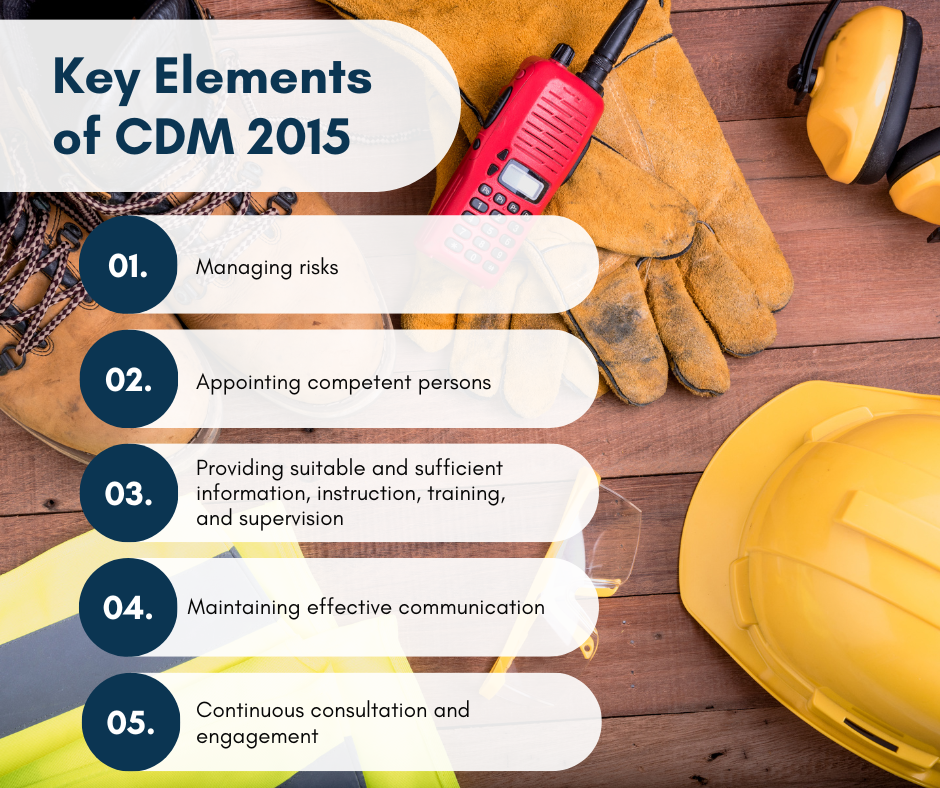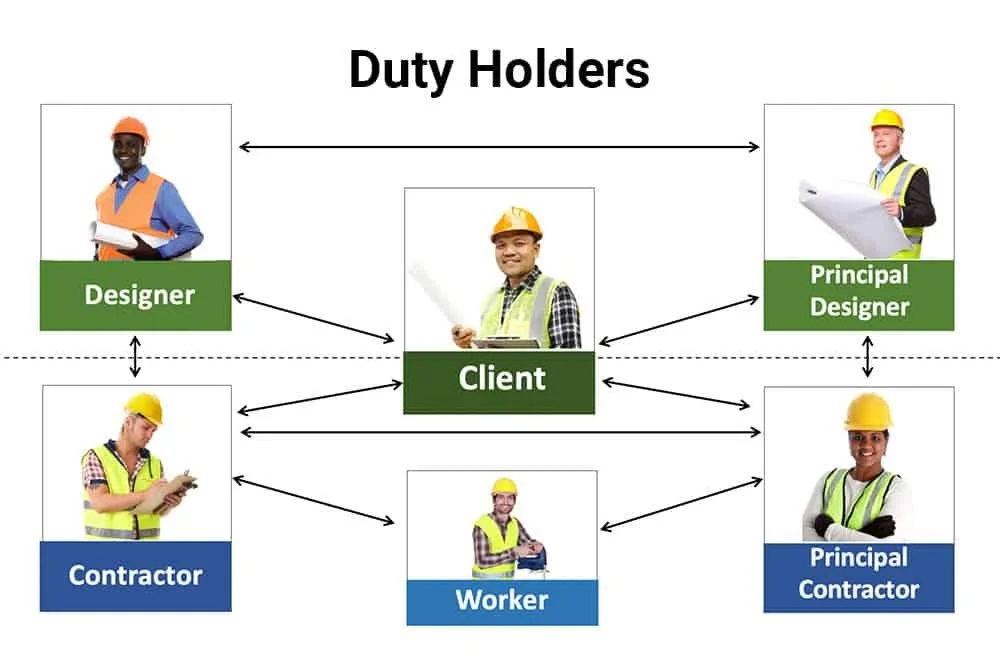
CDM 2015: What Every Construction Professional Needs to Know
Understand the legal duties, reduce project risk, and deliver safer construction outcomes.
What Is CDM 2015 and Why Does It Matter?
The Construction (Design and Management) Regulations 2015, commonly known as CDM 2015, are the cornerstone of health and safety management in UK construction projects. Whether you’re a client, contractor, or designer, these regulations affect how you plan, manage, and monitor every phase of work.
Failure to comply can lead to fines, project delays, or serious safety incidents. At DQS, we help ensure CDM responsibilities are fully understood and properly managed, giving our clients peace of mind from pre-construction to completion.
Who Has Duties Under CDM 2015?
CDM assigns responsibilities to key parties involved in a construction project:
The Client
Must ensure suitable arrangements are in place for managing health and safety, and appoint competent duty holders.
The Principal Designer
Plans, manages and monitors health and safety during the pre-construction phase, coordinating with designers and the client.
The Principal Contractor
Oversees the construction phase, ensuring safety on site, managing subcontractors, and maintaining site welfare.
Designers and Contractors
Have a duty to eliminate foreseeable risks and cooperate with other parties throughout the project.
Understanding your role is essential — especially for clients, who retain ultimate responsibility.
What Projects Does CDM Apply To?
CDM 2015 applies to all construction work, regardless of size or duration. This includes:
- New builds
- Refurbishments
- Maintenance or repair work
- Domestic and commercial projects
While not all projects require a Principal Designer or notification to the HSE, even the smallest jobs must still be properly planned and managed under the regulations.
How DQS Supports CDM Compliance
Our team brings a practical, partnership-based approach to compliance. We can:
- Help you identify your CDM role and legal responsibilities
- Act as Principal Designer or advise on appointments
- Coordinate pre-construction information and risk assessments
- Support documentation and HSE notification if required
- Ensure a safety-first design process, without compromising delivery
FAQ
Let’s Make CDM Compliance Straightforward
If you’re unsure about your duties under CDM 2015, or want to make sure your project is fully compliant from day one, we can help. Get in touch for practical support and expert guidance.
Related Reads:
Discover more about surveying
What is Quantity Surveying in Construction?
Find out more about what is quantity surveying in construction
What is a Quantity Surveying Course?
Find out more about what is a quantity surveying course.
How to Study Quantity Surveying
Find out more about how to study quantity surveying.
What is Quantity Surveying in Construction Economics?
Find out more about what is quantity surveying in construction economics.








